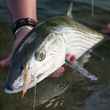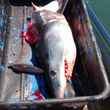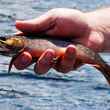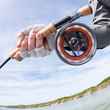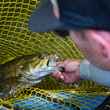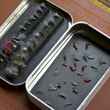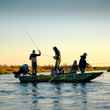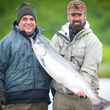In any pursuit, it pays to have the right tool for the job. In the same way that tying flies on sharp, well-built hooks improves your hookup ratio, having a fly rod that’s designed specifically for your purpose makes your job as an angler infinitely easier, translating into more success. Specifically, in low odds games like musky fishing, where every little advantage skews the probability of success in your favor, having gear that works for you, that can withstand the paces and not fail when it counts most, is huge.
What to look for in a musky rod
by Matthew Reilly - Sunday, Oct 3rd, 2021











